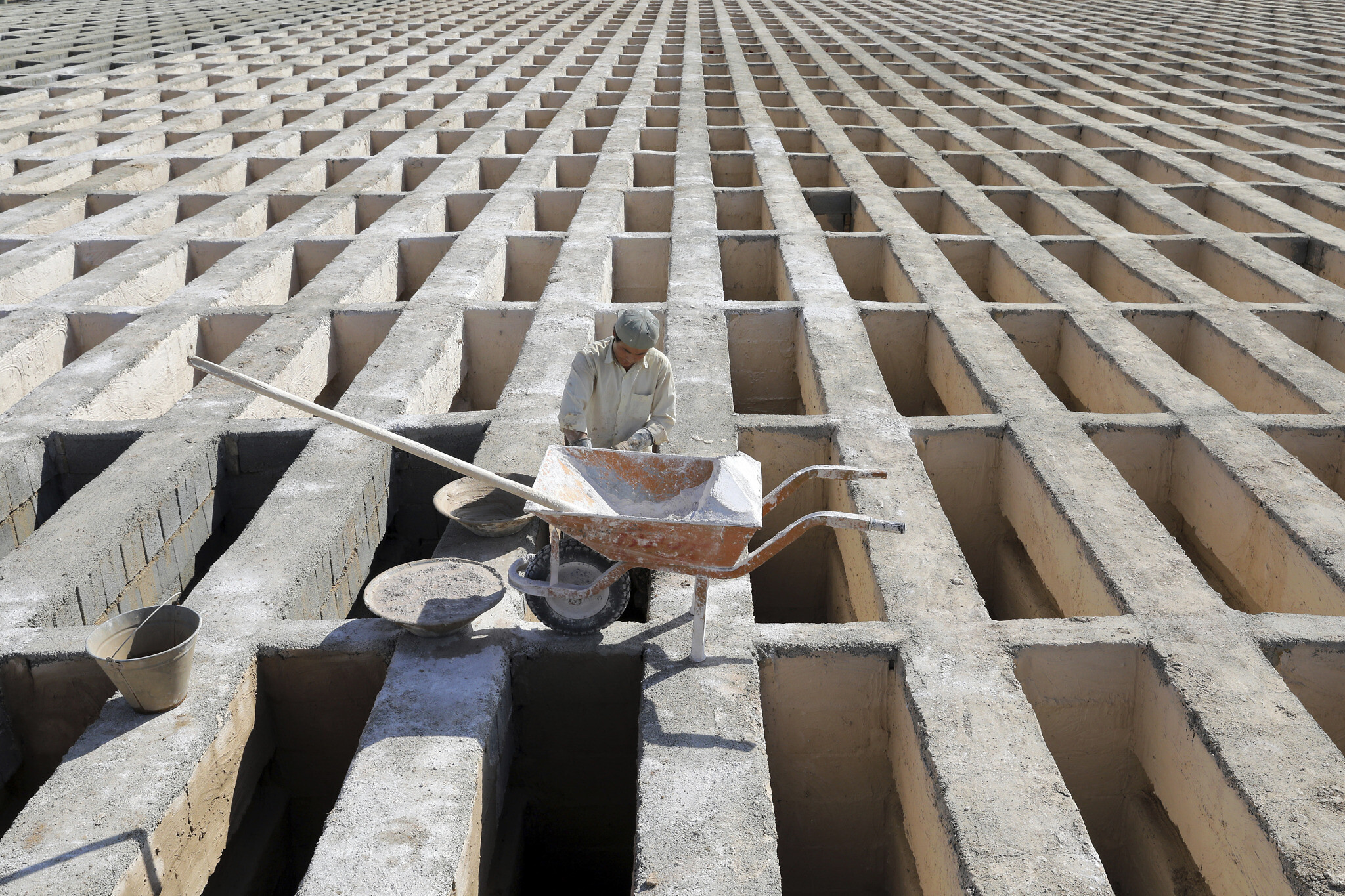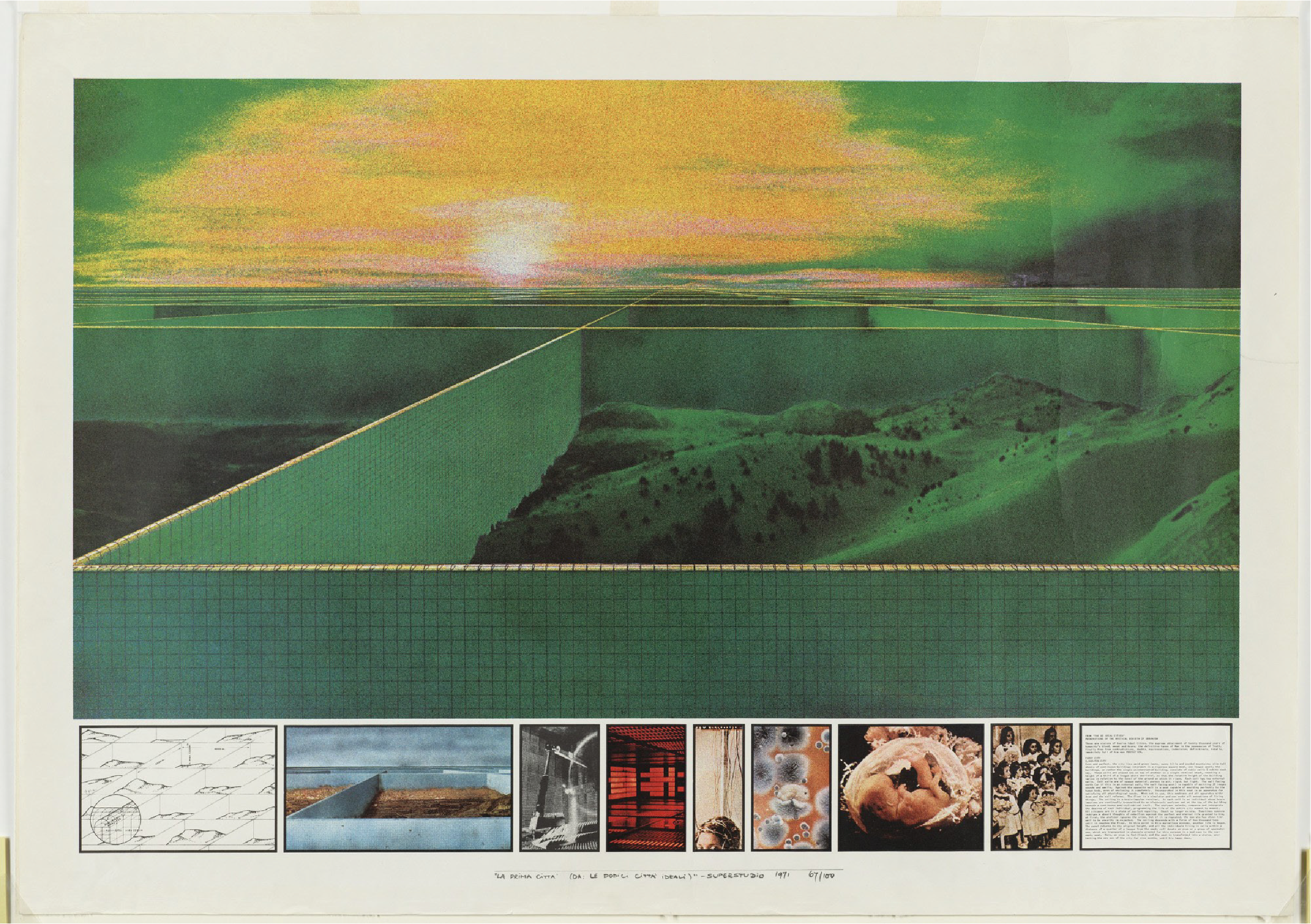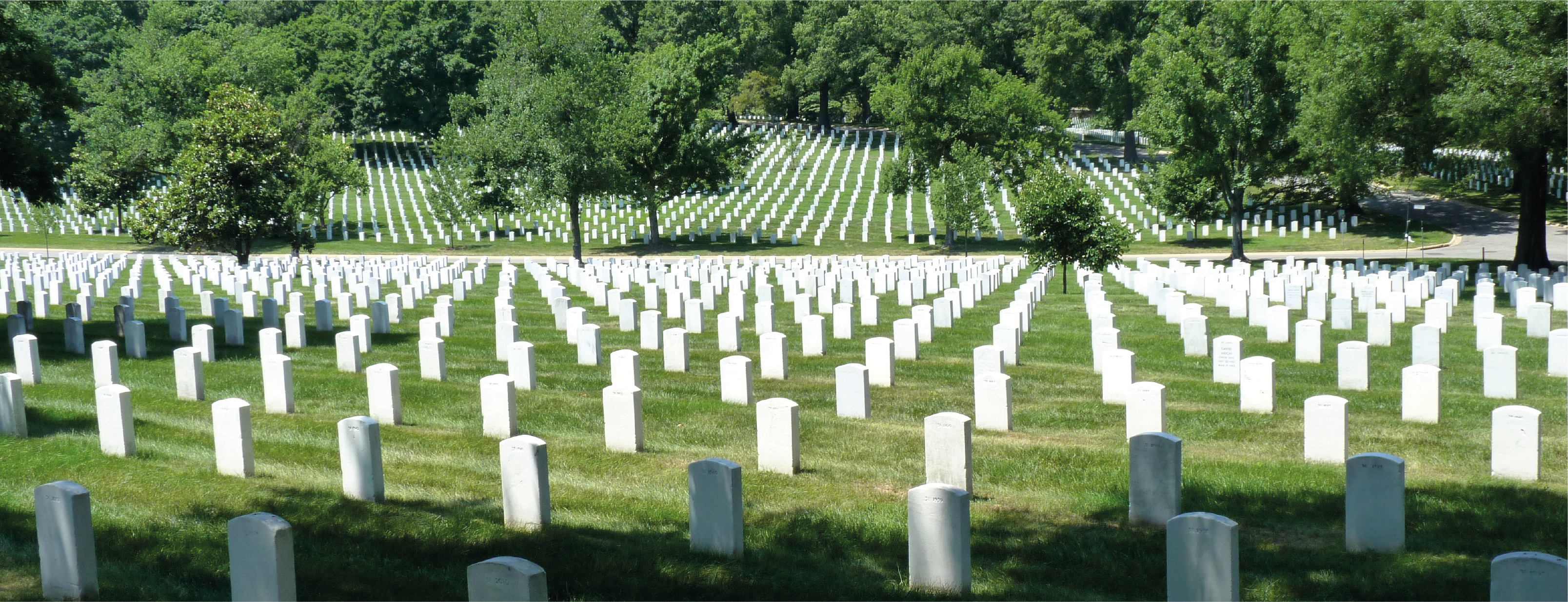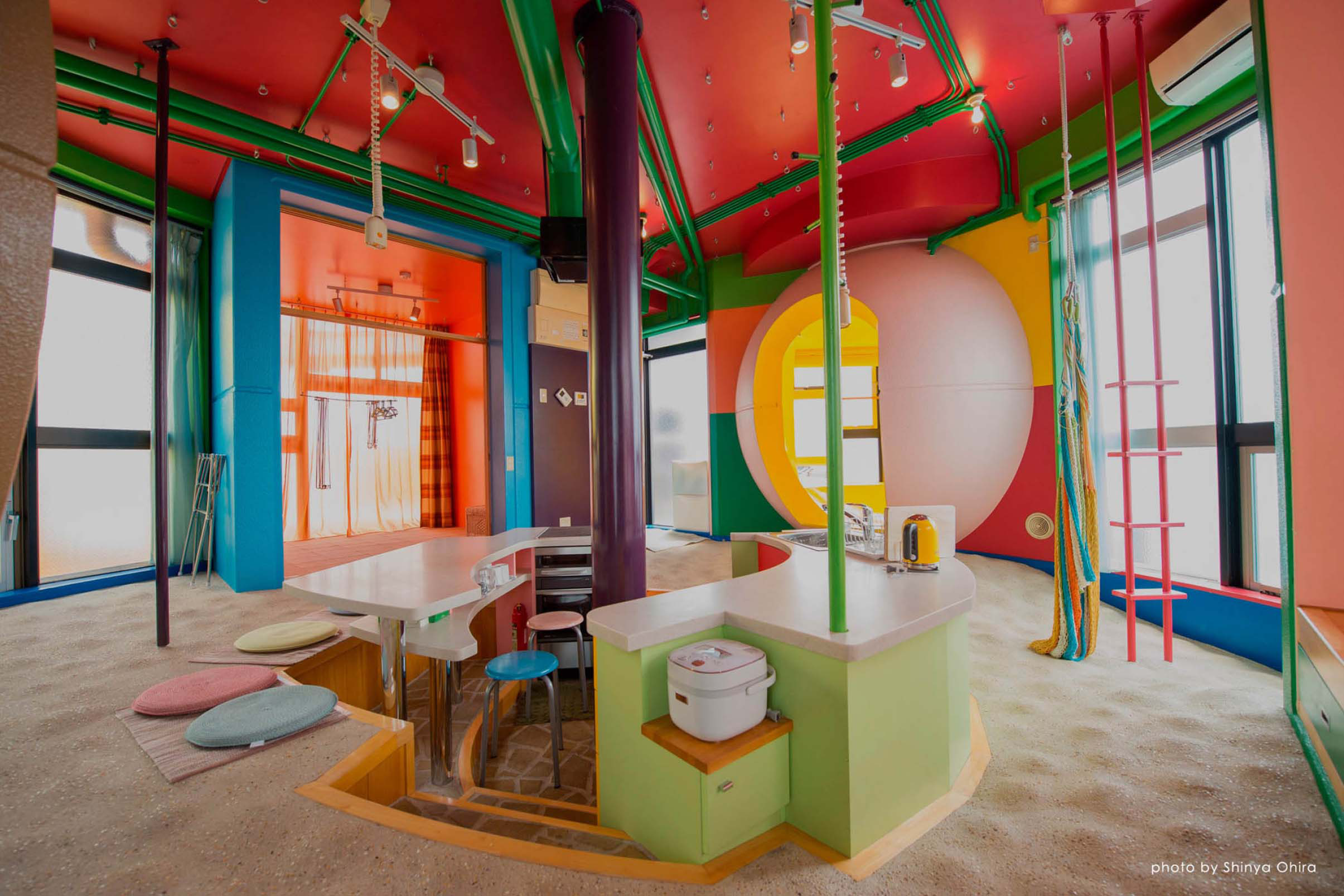ARCHITECTURES OF MOVEMENT AND STAGNATION
Jesse Verdoes
In describing two projects that treat the contemporary perspective on death differently, this chapter aims to explore different effects of this change on the expression of architecture.
Static
In 1971, Superstudio designed twelve imaginary cities. The project critiques the modernist ideology by extrapolating it into twentieth-century modernist utopias.[44]
The First City is one that consists of a continuous, universal architecture in the shape of a grid, that is superposed onto the landscape (fig. 1). The grid is inhabited by individuals, each having their own cell which suffices all their needs. Just like the restructured body, as discussed in the previous chapter, all relations are broken and fragmented. In this structure, every individual is equal and death does not exist. Only if one would resist against this ideal state of being, one would be obliterated and replaced by a new perfect resident.[45]
Source: Superstudio, The First City, Photolithograph, MoMA, 1971. https://www.moma.org/
collection/works/196
At first glance, the non-existence of death here seems to fit the contemporary perspective on death as discussed in chapter 1 perfectly. This leads however to an incredibly non-organic and static architecture, restricting movement of the human body or any movement at all. Bodies are ‘dealing with’ in the same way as we deal with dead bodies in mass cemeteries. The cells of the Continuous Monument are similar to the graves in cemeteries like the Arlington National Cemetery in Washington, or Behesth-e Zahra in Tehran (fig. 2&3). They completely restrict, standardize and equalize the human body. The Continuous Monument renders a world with an atmosphere similar to the cemetery which, using Worpole’s words, ‘evokes a sleeping world, a horizontal world, a world of permanent darkness and rest’.[46] The non-existence of death, or at least the meaninglessness of it, seems to result in an equal insignificance of life. Is death therefore and actually non-existent here? Or is this project the very manifestation of death?
Source: Dudva, Arlington National Cemetery, Photograph, Wikimedia Commons, June 6, 2014, https://commons.wikimedia.org/wiki/ File:Arlington_National_Cemetery.jpg
Source: Ebrahim Noorozi, A cemetery worker prepares new graves at the Behesht-e-Zahra cemetery on the outskirts of the Iranian capital, Tehran, Iran, Nov. 1, 2020. Photography. Apnews. November 11, 2020. https://apnews.com/article/iran-massive-cemetery-virus-a0110a5c8a2813fd48cabc4ec15e2288
Dynamic
After deciding ‘not to die’, the artists/architects Arakawa and Gins completed a project called Reversible Destiny Lofts in 2005 (fig. 4). In their view on death as a process, they argue that a body must be trained to resist decay.[47] Therefore, the project consists of several rather unconventional apartments that, contrary to the Continuous Monument, pose a non-uniform architecture. In this architecture against death, bumpy floors, bright yellow ladders and atypical spaces form a playground-like environment that challenges and activates its inhabitants. In this case, rather than a restriction, architecture becomes an extension of the human body. Rather than making the distinction between space and body, they merge into the architectural body.[48] Following the philosophy of Arakawa and Gins, death manifests itself in a state of non-movement. If we convey the Continuous Monument as an ultimate restriction of movement, then the project seems indeed to be a manifestation of death. In a Reversible Destiny Loft, on the contrary.
Source: S. Ohira, Reversible Destiny Lofts Mitaka, Photograph, Rdloftsmitaka, 2014. http://www.rdloftsmitaka.com/eng/



